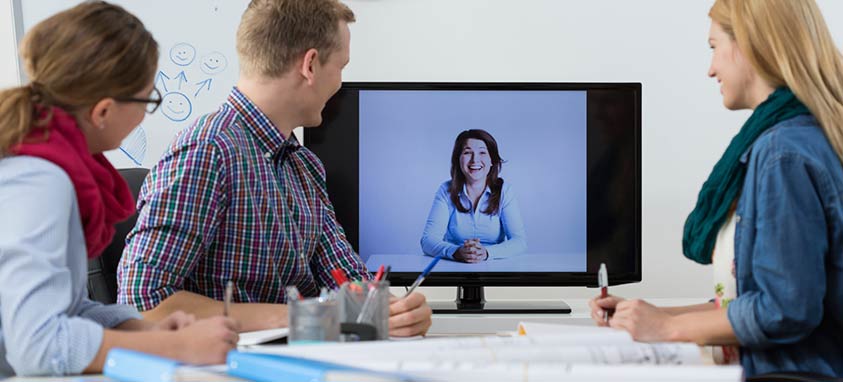As satellite offices, work travel, and even employees working from home and from coworking spaces become mainstream in so many businesses, the ability to videoconference has become more sought-after than phone calls as a way to keep those working remote more connected. Seeing faces and responses in real time ensures everyone participating in the conversation is alert and involved, versus a phone call which can allow for distracted multitasking.
But while many remote employees agree that videoconferencing makes them feel more like part of the office, it comes with its share of hang-ups, too.
Communications firm West Unified conducted a survey on different conferencing methods and found that workers prefer audio over videoconferencing three-to-one and less than 25 percent of workers receive any training on the nuances of video etiquette.
Here are some of the most interesting takeaways from the survey:
–82% of employees prepare more for video calls and 73% are more engaged versus audio calls.
–Millennials are twice as likely to be uneasy about video sales calls than those of the baby boomer generation, yet baby boomers are more likely to be uneasy about video job interviews.
–Some of the biggest concerns about video calls include fear of public speaking and physical appearance, and reported annoyances include distracting background noise, late callers, and participants talking over one another.
Videoconferencing, despite its hindrances, provides huge convenience for multi-location offices and work-from-home employees, and isn’t showing any signs of fading. So its up to businesses to tackle the issues first-hand, by providing physical hardware training as well as etiquette training, and by listening to feedback and implementing changes to make video conferencing as seamless and effective as possible.




